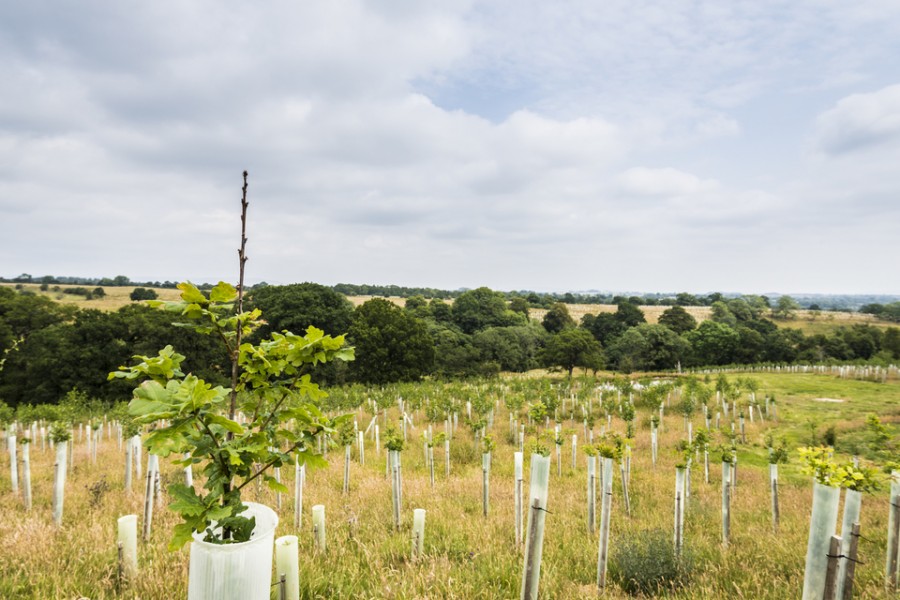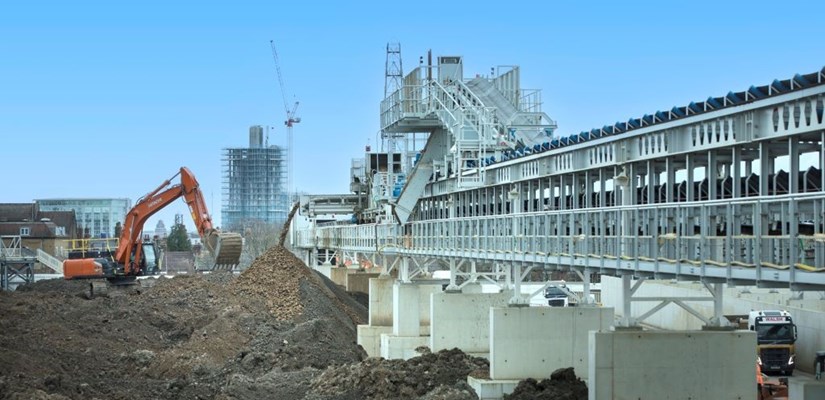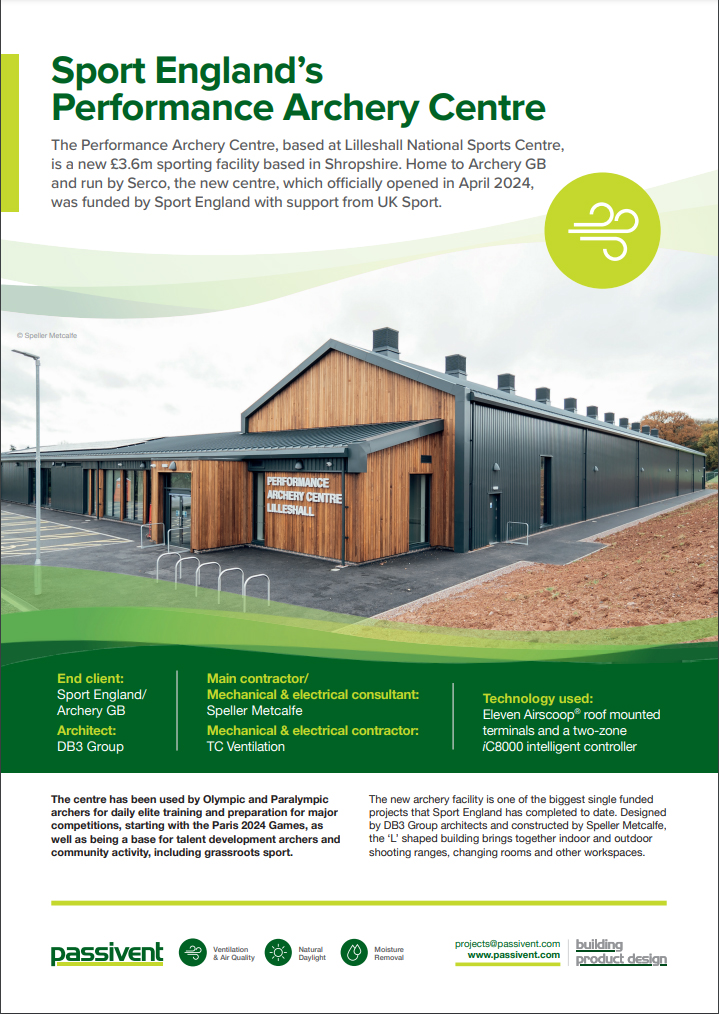Trees and woodlands have long been known to play a vital role in flood resilience, but scientists are now able to establish the financial contribution they make in protecting communities from flooding.
New research published by Forest Research estimates Great Britain’s trees contribute over £400m annually in benefits.
The flood regulation service of Great Britain’s trees, forests and woodlands as an annualised central estimate gave annual values of £843 million and £420 million compared to bare soil and grass, respectively.
The valuation is based on the role trees, woodlands and forests play in intercepting rainfall, storing water and reducing the potentially devastating surface runoff that causes flooding. Given the increased likelihood and frequency of extreme weather events as a result of climate change, the report highlights how woodland expansion can be a natural, cost-effective method of protecting homes and businesses - now and for the future.

The government is investing a record £5.2 billion over six years in around 2,000 flood and coastal erosion schemes to better protect communities across England, with one in six properties at risk of flooding.
Forestry Minister Trudy Harrison said: “Communities across the country know all too well the potentially devastating impacts of flooding – from damage to homes and businesses and the disruption of critical infrastructure to the tragic loss of life.
“This report provides the best picture yet of the integral role that our trees, woodlands and forests play in protecting at-risk communities from flooding. With more severe weather events forecast in the future, there is even more incentive to accelerate our tree planting efforts in line with our ambitious target to treble planting rates in England.”
Forestry Commission Chief Executive, Richard Stanford said: “We know nature-based solutions have an important role to play in reducing flood risk in an affordable way with multiple benefits beyond flood alleviation. This ground breaking research underscores the significant contribution our trees, woodlands and forests make in reducing peak water flows following heavy rainfall - helping to protect homes, businesses and livelihoods nationwide from the disastrous impacts of flooding.
“From the trees lining our streets to the expanse of woodlands and forests across our countryside, the environmental, economic and social value of our treescapes has never been clearer. It is important we manage the trees we have and expand all types of tree cover.”
Environment Agency Chief Executive, Sir James Bevan said: “The warning signs of the climate crisis are stark and mounting – with greater rainfall, higher tides and more violent weather bringing heightened risks of serious flooding over the years ahead. The hard flood defences which the Environment Agency builds and maintains all across the country are part of the solution. So too are Natural Flood Management techniques such as tree planting, which we are already using to slow the flow of water and help protect homes and businesses.
“By harnessing the power of nature, we can tackle the twin challenges of biodiversity loss and climate change – whilst simultaneously reducing the risk of flooding to vulnerable communities.”
Forests help to reduce flooding in numerous ways, in what is referred to as a ‘sponge effect’. Firstly, evaporation from leaves and branches helps to reduce the amount of rainfall reaching the ground. This process, known as interception, is significantly greater for woodland compared to other land use types. Secondly, the soils within forests receive, store and delay water, helping to reduce rapid run-off and peak flows. Finally, the presence of trees, shrubs and large woody dams along rivers and on the floodplain creates a barrier effect that slows the passage of flood waters downstream, in addition to delivering biodiversity benefits.
As a result, tree planting can significantly affect the volume, pathway and timing of surface run-off, reducing the risk of downstream flooding. Responsible forestry management practices help to maintain and secure this key environmental service. Further guidance is available in the UK Forestry Standard Practice Guide: ‘Designing and managing forests and woodlands to reduce flood risk’.
The Environment Agency recently set out findings from its £15 million Natural Flood Management programme, which was carried out in collaboration with the Forestry Commission and other key partners. In Cumbria, a Natural Flood Management project trialled a variety of measures across different landscapes aiming to slow or store 10,000 cubic metres of water per square kilometre. The team worked with a range of landowners and the Forestry Commission to change overland flow routes, build earth dams and leaky barriers, plant 8,000 trees and create offline flood storage ponds. Across its 60 pilot projects, the Environment Agency’s programme created an equivalent of 1.6 million cubic metres of water storage and increased flood resilience to 15,000 homes, whilst improving 4,000 hectares of habitat, enhancing 610 kilometres of river and planting 100 hectares of woodland.
The report also estimates the Natural Capital Value of the flood regulation service provided by Great Britain’s trees in flood risk catchment areas to be up to £25.1 billion. This represents their value over the course of a century and provides a useful means of comparison to other natural assets.
Today’s announcement follows another recent Forest Research report which calculated the economic value of individual trees planted outside of forests and woodlands to be up to £3.8 billion. Announced as part of National Tree Week, the valuation is based on the important role that these trees play in sequestering and storing carbon, regulating temperatures, strengthening flood resilience and reducing noise and air pollution.
The study was led by Forest Research and jointly funded by the Forestry Commission, Scottish Forestry and the Welsh Government. The full report is available to download here.



















